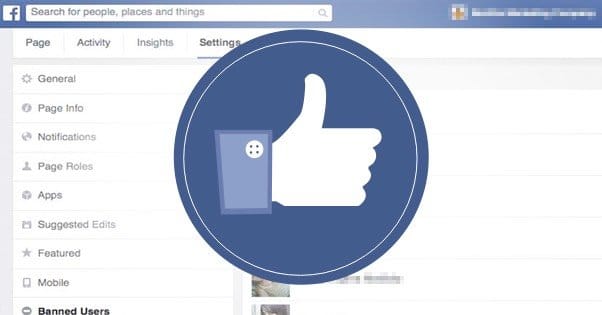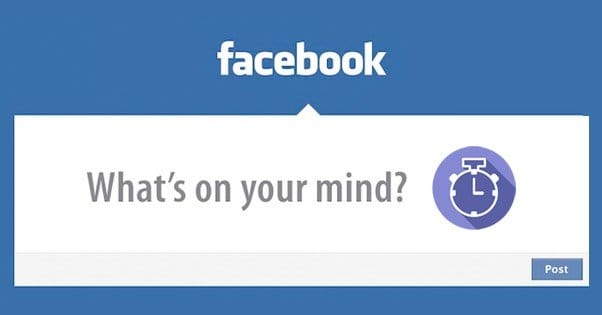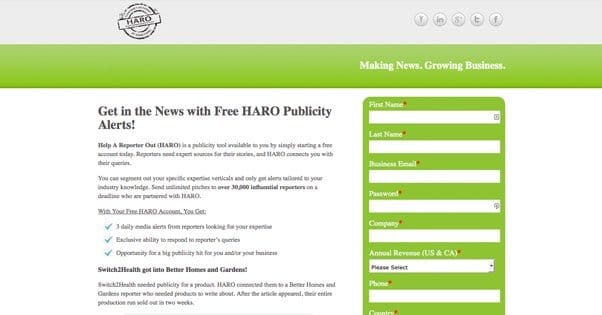 Written by ContentPowered.com
Written by ContentPowered.com
Yes, yes, we all know that Facebook is quickly becoming a pay to win platform. If you want to get ahead, really get ahead, you need to dump money into it. At this point, if you haven’t even started with Facebook ads, you’re better off hiring a social media team than trying to learn yourself. You’re behind in the race, and it’ll be harder than ever to catch up.
While you’re busy letting a team handle your paid advertising, you can at least take steps to grow your fanbase both on and off the site without paying. Free methods can be effective, but they can only do so much. Here are ten ways you can grow your audience without bribing them or the sites they use to promote you.
1. Target Organic Posts
Audience targeting is important, but many people believe it’s limited in some way to just paid advertising and boosted posts. This isn’t actually true at all. You can target the audience for your organic posts as well. This includes gender targeting, relationship status targeting, educational level targeting, targeting by age, by location, by language, and by interest. You can also specify an end date for the post.
For your general interest posts, wide targeting is fine. It’s only when you have specific marketing objectives or specific audiences in mind that you should refine down to an age, location, gender or other target.
2. Pick the Right Time
There’s a lot of research behind the best times to post, both in time of day and day of the week. You should take this advice to heart, but make sure you take a look at your analytics as well. You want to make sure that your audience lines up with the averages before you go all-in trying to follow the advice of someone who studied an audience with noting in common. I’m not going to tell you what day or what time, as it varies, and you can do the research on your own. I will, at least, provide you with one potential source.
3. Analyze Your Best Posts
Go back and sort through all of your posts, or at least all of the posts you’ve made in the last six to twelve months. Figure out which of them have the highest engagement rates, the widest reach, and the most viral exposure. What makes those posts better than the rest? Why are people more engaged with those posts? Are they images, infographics, videos, tutorials, contests, or what? The idea here is to figure out what makes a good, engaging post for your audience, and do more of that.
4. Build a Mailing List
A mailing list is one of the most powerful assets a business can have, because it’s a source of communication with your fans that isn’t governed by a third party. You don’t have to worry about Facebook making a change that drops your reach, or Google making a change that lowers your rank.
You can build an email list through a contest, an opt-in, a free giveaway or whatever else you want. Using that list, you can keep in contact with users. Send them a digest of recent posts and links to your Facebook page, to keep them visiting and engaged.
5. Let the Worst Fans Leave
Often, you’ll find some users are leaving and unliking your page. The initial instinct is to kick into high gear trying to figure out how to bring them back. This can send you on a wild goose chase, trying strategies that make you more appealing to this small section of users, while ignoring your larger userbase. In the end, you’ll end up with your main users growing less engaged as time goes on.
Instead, let them leave. This lowers your overall audience, but it also cuts out the bottom, lease engaged users. This means your messages reach more of your engaged users, which helps them spread and gives you a more focused idea of what they want.
6. Use Facebook Comments
On your site, in place of native blog comments or a plugin like Disqus, you can use the Facebook comments plugin. It’s easy to implement; all you need to do is find the code here. You can customize it to show as many or as few recent posts as you like, in either a light or a dark color scheme, fit to match with your site.
When users comment on a blog post using this plugin, they’re essentially becoming more engaged with your page. They don’t even have to be following your page. This helps you create a list of users who follow your site, which you can use for future targeting purposes.
7. Help a Reporter Out
By using the Help A Reporter Out service – look up HARO, it’s easy to find – you can be interviewed as an authority in your niche. Typically you won’t have to do more than answer a couple questions, and you end up with a byline in someone’s news report somewhere. This gets your name and, occasionally, a link out in the wild. Do enough of these, and you start building brand awareness just by sheer volume of mentions.
8. Adopt Wayward Profiles
Sites like Yelp and other business directories tend to create pages automatically for businesses when they hear of them. This gives them a place for users to come in and leave reviews. Usually, these pages are pretty barren, but you can come in and claim the page as your own. By doing so, you can fill out information about your business, including a link to your Facebook page.
9. Use Your Cover Photo
Your cover photo is basically a billboard that hovers on top of your Facebook page. You can use this for marketing now; Facebook decided to allow a CTA worked into the design. By creatively using this space, you can draw in more users and get them to take a specific action. The 20% text rule is still in place, though, so be careful with your design.
10. Use Physical Marketing
If you run a store, one technique I’ve found interesting is to create QR codes in various parts of your store, for users to scan with their phones. This will take them to either Facebook itself, or to a dedicated app, which can give them a discount on their purchase right then and there. Obviously it only works if you have a physical location, but if you do, take full advantage of it.





